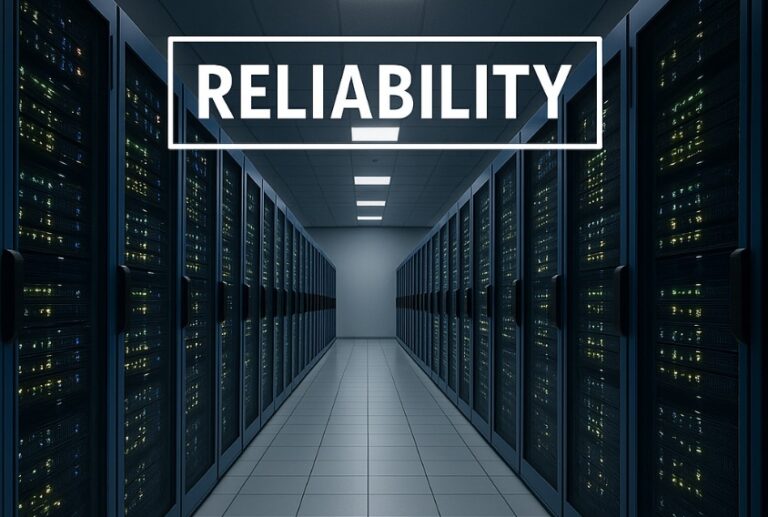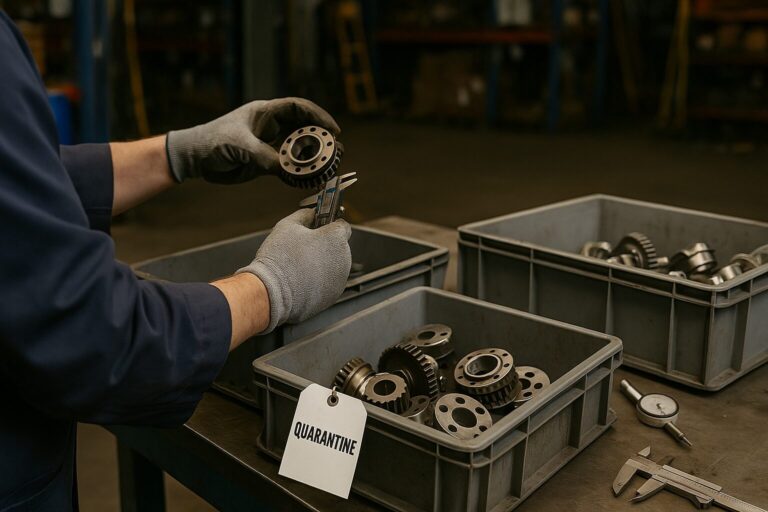How experience and technical depth protect your project from costly missteps
Developing a Welding Procedure Specification (WPS) is one of the most technical and strategically important steps in preparing for welding work — whether you’re building pressure equipment, laying pipeline, or fabricating structural components. A WPS serves not only as a guideline for the welder, but also as a binding technical reference for code compliance, client specification alignment, and long-term asset performance.
While it’s possible to draft a WPS in-house, doing so without deep knowledge of materials, welding codes, testing requirements, and approval pathways often leads to rework, delays, and requalification costs. Working with a professional ensures that your WPS is not just a formality, but a well-informed foundation for quality and compliance.

Understanding Which Codes Apply — and How
Every project is governed by specific welding codes that dictate procedure qualification requirements, testing protocols, and documentation standards. Professionals bring a working knowledge of how to apply codes like ASME Section IX, Section VIII-1, B31.1, and B31.3 for pressure and piping systems. In Canadian contexts, CSA Z662 for pipeline and CSA W59 for structural welding are often used. Each of these codes defines qualification variables differently and enforces unique expectations regarding testing, essential variables, and applicability.
A professional knows not only which code to apply, but how to interpret its nuances in real project conditions. They understand when impact testing is triggered, how to handle supplementary essential variables, and how client specifications overlay onto base code requirements. This experience significantly reduces the risk of incorrect assumptions that can lead to rejected procedures or significant retesting.
Variable Selection That Reflects Real-World Conditions
Variables are central to WPS development, and not all are created equal. Essential variables, which affect weld soundness, must be tightly controlled and requalified if changed. Supplementary essential variables are required for impact-tested applications. Nonessential variables, while not triggering requalification, still play a critical role in consistency and repeatability.
A professional understands how these variables interact with the selected welding process — whether it’s SMAW, GTAW, GMAW, or FCAW — and how they influence factors like penetration, heat input, and bead shape. They also know how to optimize variable ranges to allow flexibility without compromising weld quality or violating code. This ensures the WPS remains both usable in the field and compliant with applicable standards.
Designing a WPS That Works in Practice
A WPS may be code-compliant on paper, but that doesn’t guarantee it will perform well under real-world welding conditions. Professionals draw on their field knowledge to tailor procedures that balance productivity, quality, and code compliance. For example, they may recommend specific stringer or weave techniques based on base or filler metal type, adjust travel speeds to reduce the risk of undercut or lack of fusion, or specify capping passes that help manage hardness in sour service applications.
By incorporating these practical considerations into the procedure, professionals help reduce defect rates, and lower the likelihood of inspection failures.
Special Considerations for Non-Standard Materials
When welding carbon steel, processes and procedures are generally well understood. But projects involving aluminum, duplex stainless steel, or nickel alloys require far more control and knowledge. Each of these materials has unique metallurgical behaviors that must be managed carefully during welding.
Aluminum, for example, demands extensive cleaning and shielding to prevent porosity and cracking due to oxide layers. Nickel alloys often require tight control of bead geometry and heat input to preserve toughness. Duplex stainless steels must be welded with precise interpass temperature control to maintain the correct austenite-ferrite phase balance. A professional with metallurgical experience ensures that your WPS accounts for these complexities, preventing issues that could compromise weld performance or trigger costly repairs.
Planning for Reusability and Future Flexibility
A well-developed WPS should not only meet today’s project needs, but also provide enough scope to reduce the need for constant requalification on future jobs. Professionals write procedures that cover the maximum allowable range of base metal thickness, filler metal designations and other essential variables — all within the boundaries of the applicable code.
They also anticipate requirements that may arise later, such as corrosion testing, impact toughness qualification or sour service applications. Building this foresight into the initial WPS reduces change orders, accelerates submittals, and improves consistency across projects. In some cases, a single flexible WPS can replace multiple narrowly scoped procedures, which simplifies welder training and saves time during production.
Navigating Client Specifications and Regulatory Requirements
Beyond code compliance, most industrial clients impose their own specifications that modify or add to baseline welding standards. These documents are often complex, sometimes inconsistent, and vary widely between operators. Professionals who have worked with clients in a variety of locations and industries understand how to read between the lines. They know which clauses are most likely to cause approval delays, what testing is usually required regardless of whether it’s listed, and how to present documentation in a way that accelerates review.
Jurisdictional regulators also vary in their expectations. Some provinces require specific forms, while others may ask for additional documentation or testing depending on the application. A professional who has submitted WPS packages across multiple jurisdictions understands these variations and can guide the process from submission through approval, helping avoid preventable delays.
Final Thoughts
A WPS is more than just a document — it is the foundation of weld quality, project success, and regulatory compliance. Developing one requires more than familiarity with a codebook. It demands technical knowledge, practical insight, and the ability to interpret and balance the needs of the welder, the client, and the reviewer.
Working with a professional ensures your procedure is optimized for performance, structured for flexibility, and ready for approval by clients and regulators. It reduces risk before welding ever begins and adds value throughout the lifecycle of the asset.
If you are preparing to qualify new welding procedures or looking to improve the ones you already have, now is the time to bring in expertise. The earlier the engagement, the more value it brings.
Contact us to learn how professional WPS development can support your project from the ground up.



